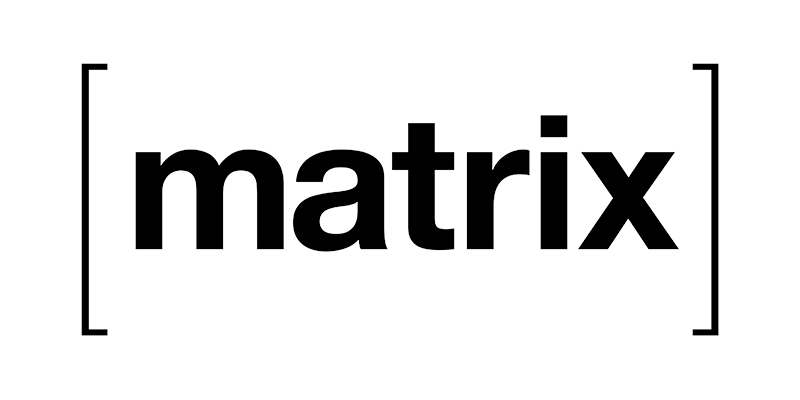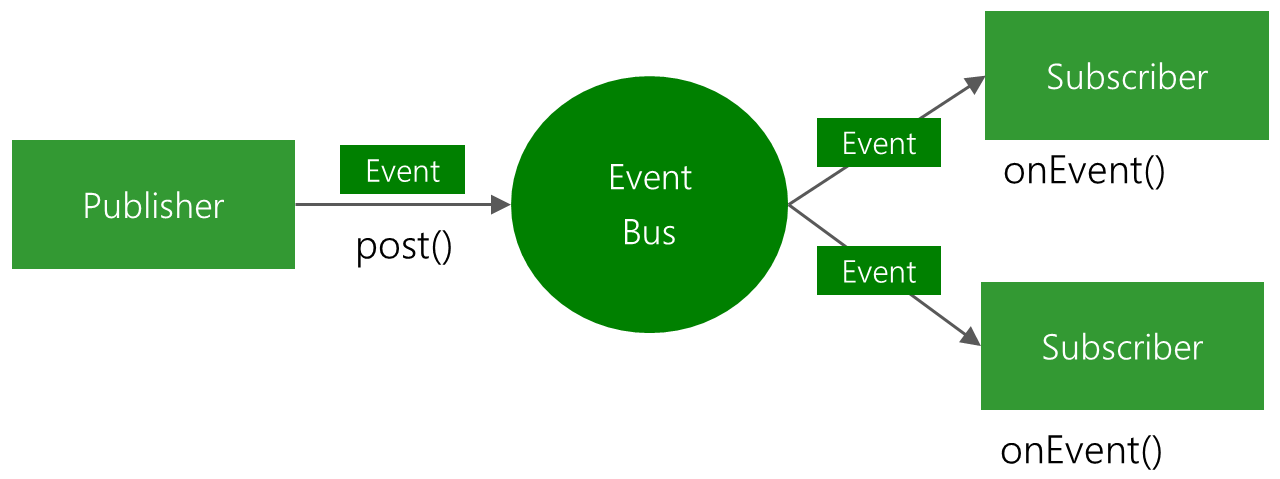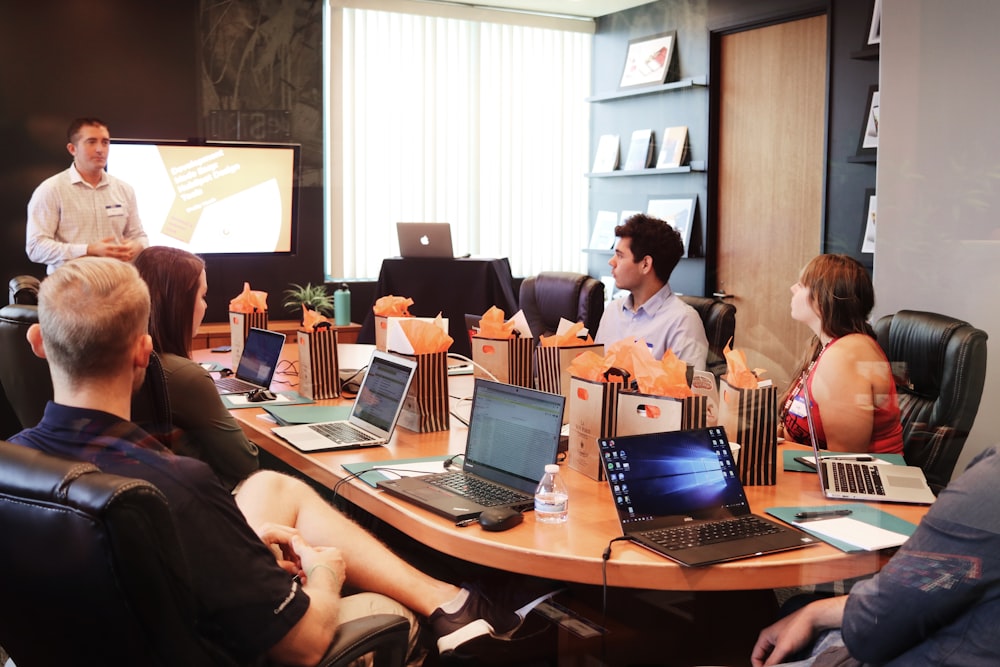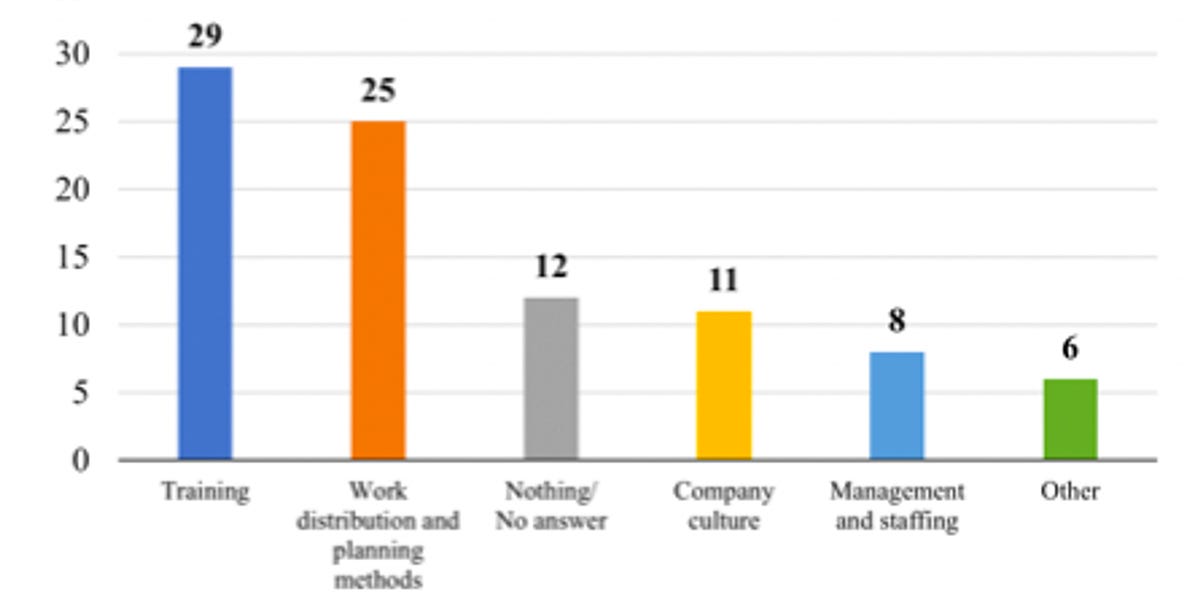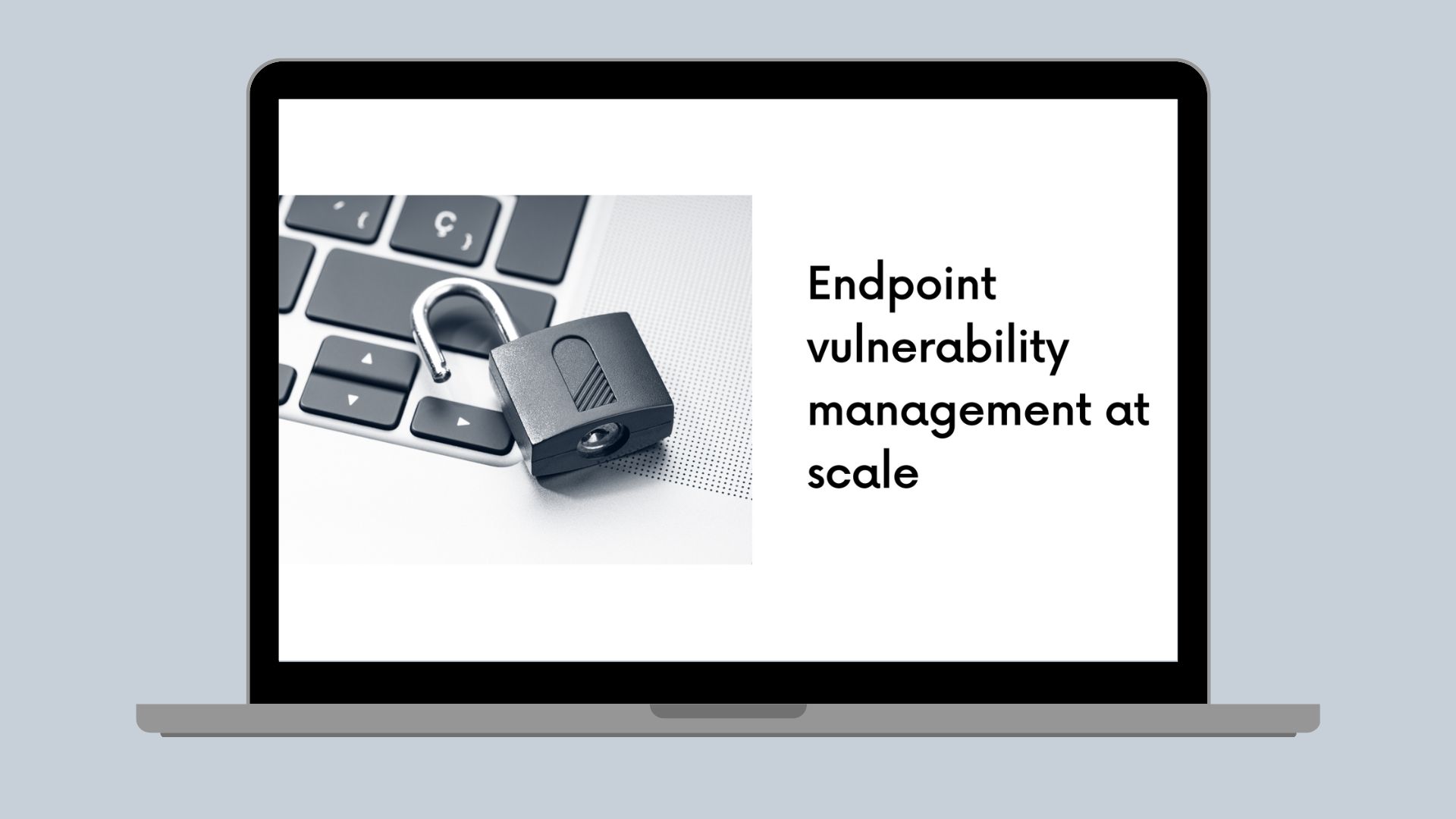
Endpoint vulnerability management at scale
Canva has a mission to be the world’s most trusted platform. To earn and keep customers' trust, we implement a wide spectrum of mechanisms and systems to minimize the likelihood that malicious actors will gain access to our systems and to data belonging to our customers. Generally, we focus on protecting public-facing systems like the Canva product and the infrastructure that supports it. However, we also work to protect systems people might abuse to access that infrastructure, specifically laptops issued to Canva employees. As an example, LastPass was impacted in 2022 when threat actors compromised a vulnerable and unpatched application in a laptop belonging to one of their employees. The threat actors then used keylogging software to obtain credentials to access other corporate systems.
This problem seems easy to solve in isolation – there was a patch for the vulnerability someone should have applied. However, there are complexities when you try to solve this problem at scale. Different websites host each application’s installer, and users might not know what's out of date and might not see updating as a priority. Updating takes time users could spend doing valuable work, or data on installed applications might not be readily available. At Canva, we've implemented processes and systems to help us tackle this issue at scale. Our endpoint fleet comprises over 5000 devices deployed across numerous countries worldwide. We couldn’t find anything that did everything we wanted, so we put a few pieces together and built a system interacting with multiple vendor products. This blog post explains how it works.





